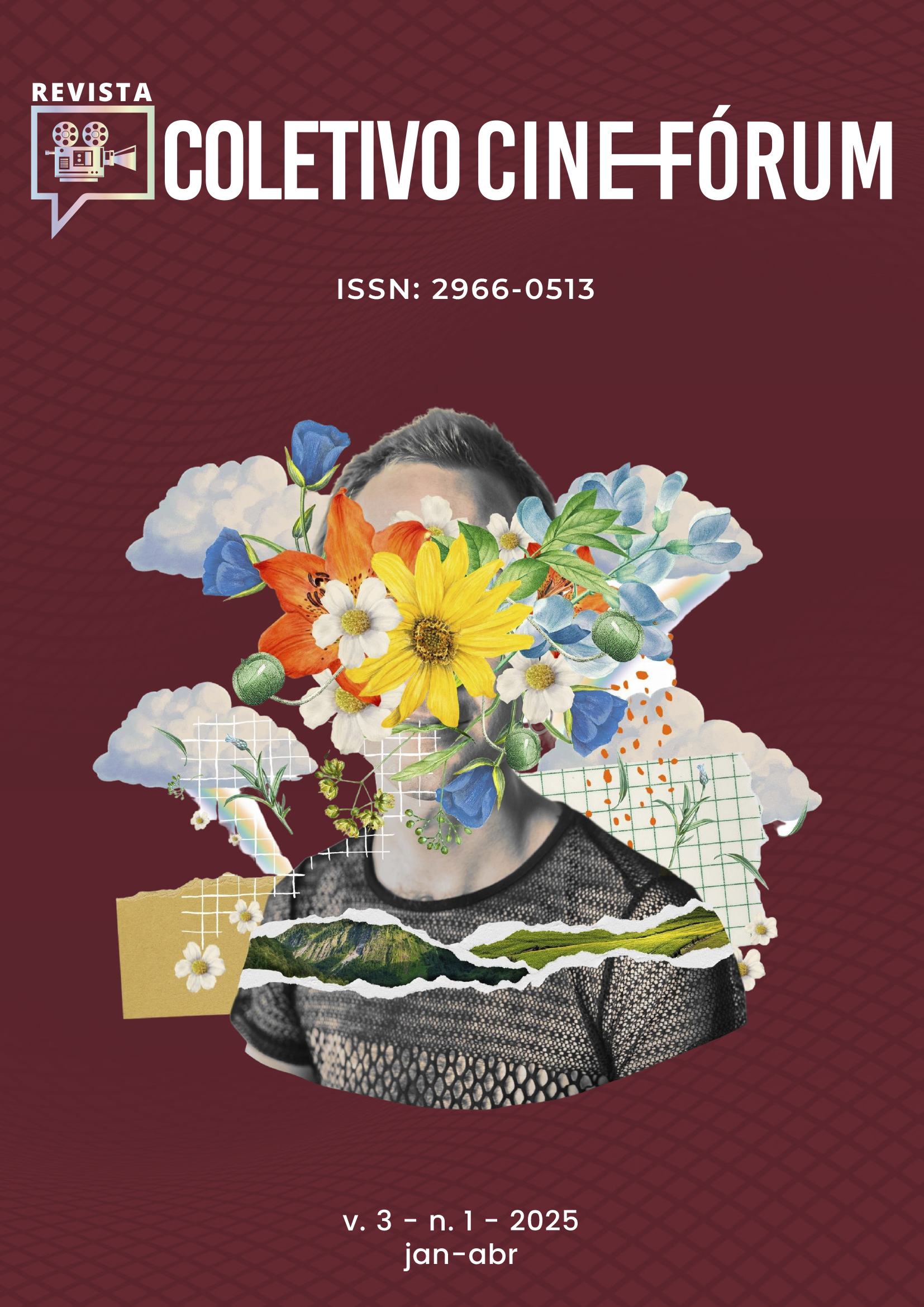RETOMADAS E ESPELHAMENTOS DE ALGUNS ELEMENTOS DO CONTO “O COBRADOR” PELO ROMANCE O MATADOR
DOI:
https://doi.org/10.63418/rccf.v3i1.88Keywords:
Mise en abyme, O cobrador, O matador, Intertextuality, Comparative literatureAbstract
The main objective of this article is to analyze excerpts from two texts of contemporary Brazilian literature. The first is the short story “O cobrador” by Rubem Fonseca, and the second is the novel O matador by Patrícia Melo. Both works share very similar themes and styles. These narratives address the issue of urban violence, exposing the cruel side of human nature through acts of barbarism. The texts are written in a direct and objective manner, bringing their authors closer in terms of style. Based on the concept of intertextuality, developed by researcher Julia Kristeva in 1966 and grounded in the studies of philosopher Mikhail Bakhtin, we will discuss the various connections that can occur between texts. Our focus will then shift to the technique of mise en abyme, which originates from the early twentieth-century writings of André Gide. As our main theoretical framework, we will employ El relato especular by Lucien Dällenbach (1991), complemented by critical studies by Alonso (2017, 2024), Carvalho (1983), Ginzburg (2010), Goulet (2006), Labeille (2011), and Nitrini (2021). The objective is to identify and analyze the presence of this technique in the relationships of embedding and mirroring that can occur between distinct works or within a single text. In our analysis, we examine the interaction between the two aforementioned works, demonstrating that mise en abyme has the capacity to create a highly distinctive reading experience, enhancing key aspects of the selected narratives. Furthermore, this technique can serve as a valuable object of study not only in emerging literary texts but also in works published in previous periods, thus opening possibilities for further research. In this way, its versatility and relevance within contemporary literary studies become evident.
References
ALONSO, Mariângela. O jogo de espelhos na ficção de Clarice Lispector. 1. ed. São Paulo: Annablume, 2017.
ALONSO, Mariângela. Mulheres em abismo: a personagem feminina em Marques Rebelo. 1.ed. Curitiba: Appris, 2024.
CARVALHO, Lúcia Helena. A ponta do novelo: uma interpretação de Angústia, de Graciliano Ramos. São Paulo: Ática, 1983.
DÄLLENBACH, Lucien. El relato especular. Tradução: Ramón Buenaventura. Madrid: A. Machado Libros S. A., 1991.
FONSECA, Rubem. O cobrador. 4. ed. Rio de Janeiro: Agir, 2010. E-book.
GIDE, André. Os moedeiros falsos. Tradução: Débora Isidoro. Caxias do Sul: Culturama, 2022.
GINZBURG, Jaime. A violência na literatura brasileira: notas sobre Machado de Assis, Graciliano Ramos e Guimarães Rosa. Letterature D'America: Revista Trimestrale, Roma, n. 130, p. 5-22, 2010.
GOULET, Alain. L’auteur mis en abyme: Valery e Gide. Lettres française, UNESP, Araraquara-SP, n.7, 2006. p. 39-58. Disponível em: https://periodicos.fclar.unesp.br/lettres/article/view/2013. Acesso em: 29 jul. 2024.
KRISTEVA, Julia. Introdução à semanálise. 2. ed. São Paulo: Perspectiva, 2005.
LABEILLE, Véronique. Manipulation de figure. Le miroir de la mise en abyme. Figures: Montreal, p. 89-104, 2011. Disponível em: https://oic.uqam.ca/publications/article/manipulation-de-figure-le-miroir-de-la-mise en-abyme. Acesso em: 6 jan. 2025.
MELO, Patrícia. O matador. São Paulo: Companhia das Letras, 2008.
MENDES, Ana Paula Almeida. As múltiplas possibilidades da mise en abyme em um sopro de vida e o matador. Orientador: Prof. Dr. Altamir Botoso. 2025. 116 f. Dissertação (Mestrado em Letras) - Universidade Estadual de Mato Grosso do Sul, Campo Grande, 2025. Disponível em: https://sigpos.uems.br/uems-sigpos/portal/trabalho-arquivos/download/4052. Acesso em: 25 mar. 2025.
NITRINI, Sandra. Literatura Comparada: História, Teoria e Crítica. 3. ed. São Paulo: Edusp, 2021.
SHAKESPEARE, William. Hamlet. São Paulo: Centaur Editions, 2013. E-book.
VIDAL, Ariovaldo José. Prefácio. In: ALONSO, Mariângela. Mulheres em abismo: a personagem feminina em Marques Rebelo. 1.ed. Curitiba: Appris, 2024. p. 9-10.
Published
Issue
Section
License

This work is licensed under a Creative Commons Attribution-NonCommercial 4.0 International License.
a. Authors retain copyright and grant the journal the right of first publication, with the work simultaneously licensed under the Creative Commons Attribution License, which allows sharing of the work with acknowledgment of authorship and initial publication in this journal.
b. Authors are authorized to enter into additional, separate agreements for non-exclusive distribution of the version of the work published in this journal (e.g., publishing in an institutional repository or as a book chapter), with acknowledgment of authorship and initial publication in this journal.







